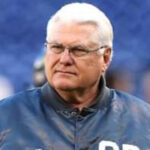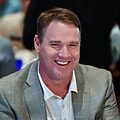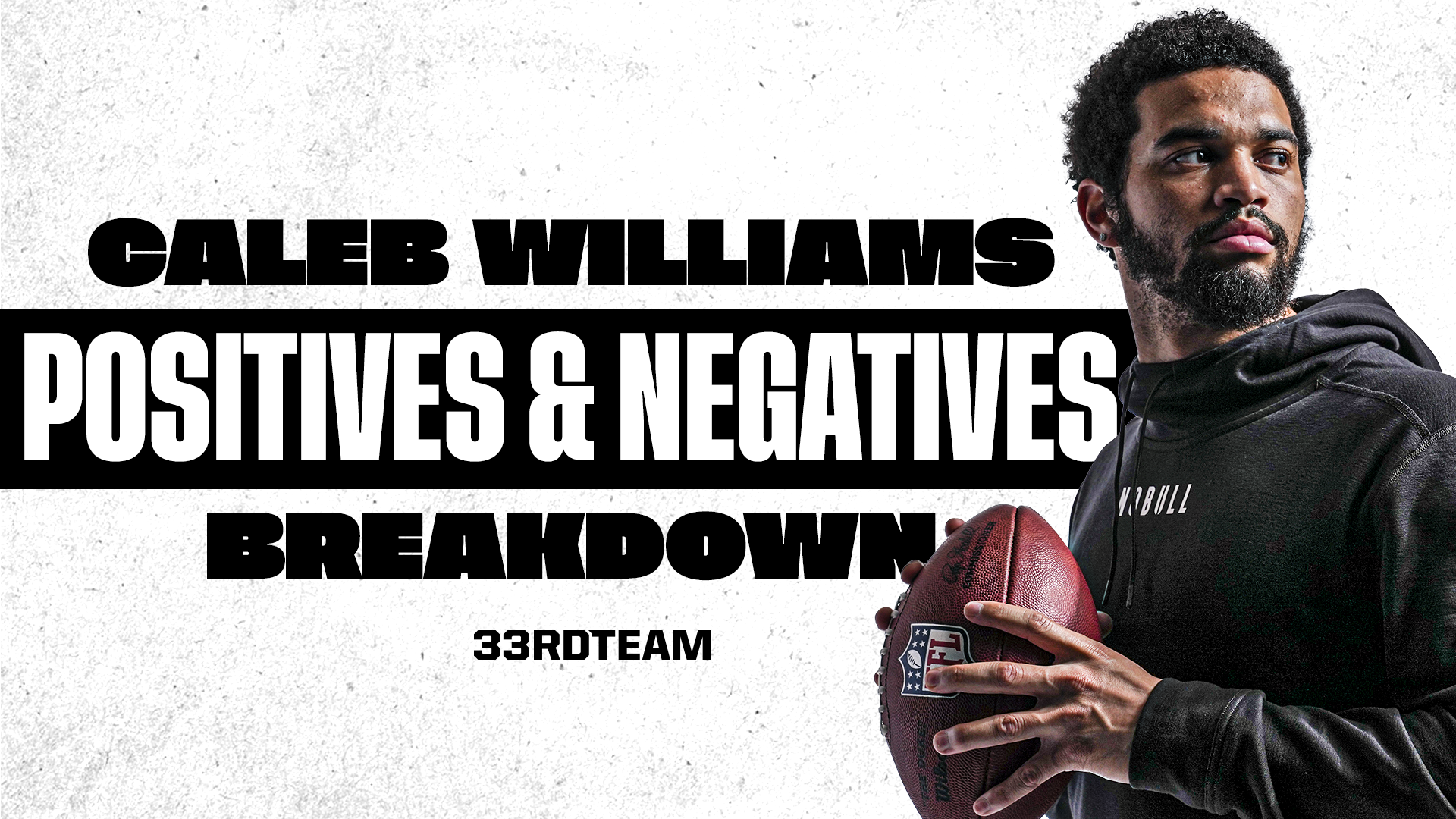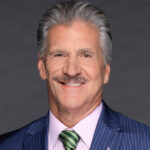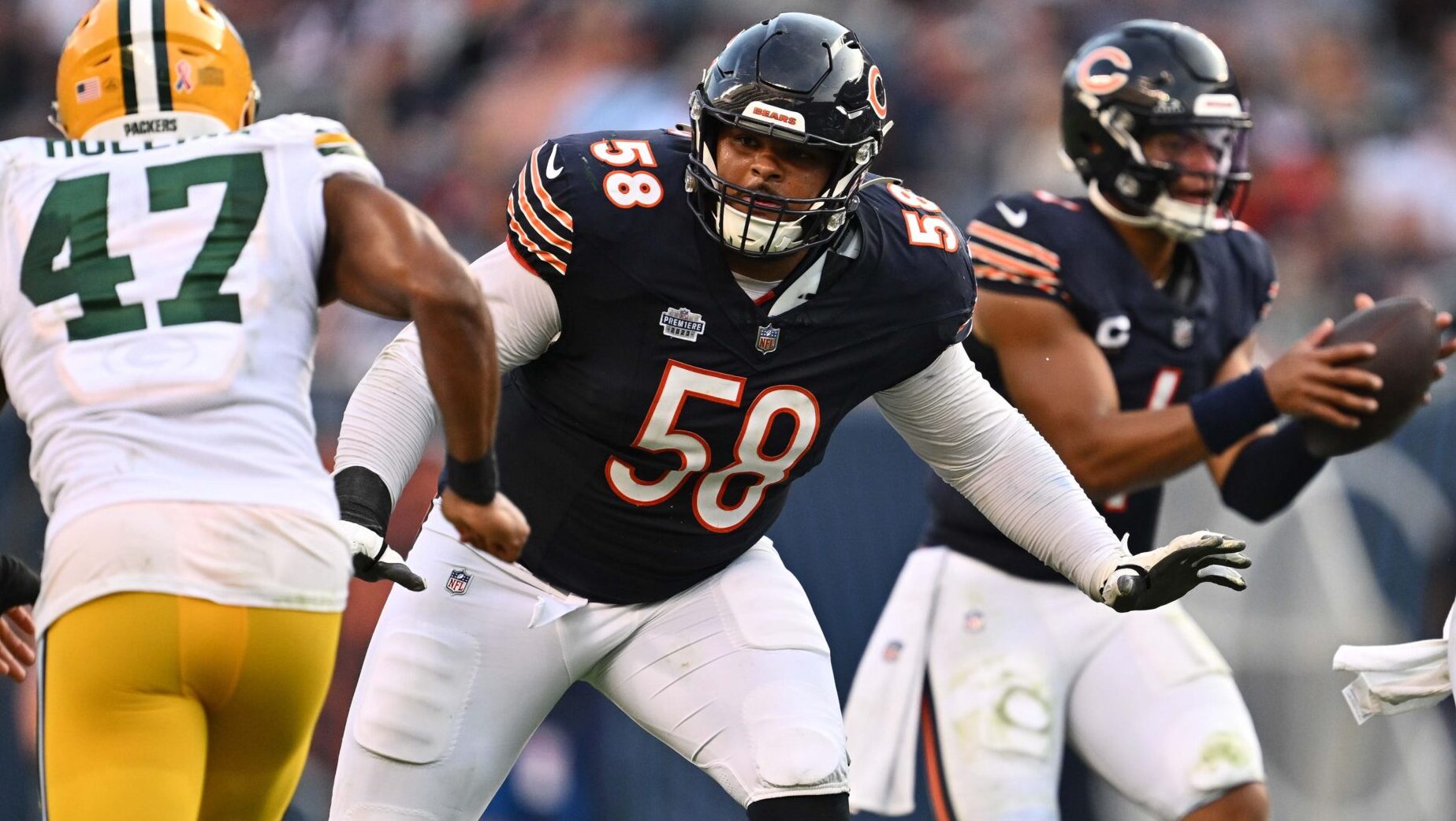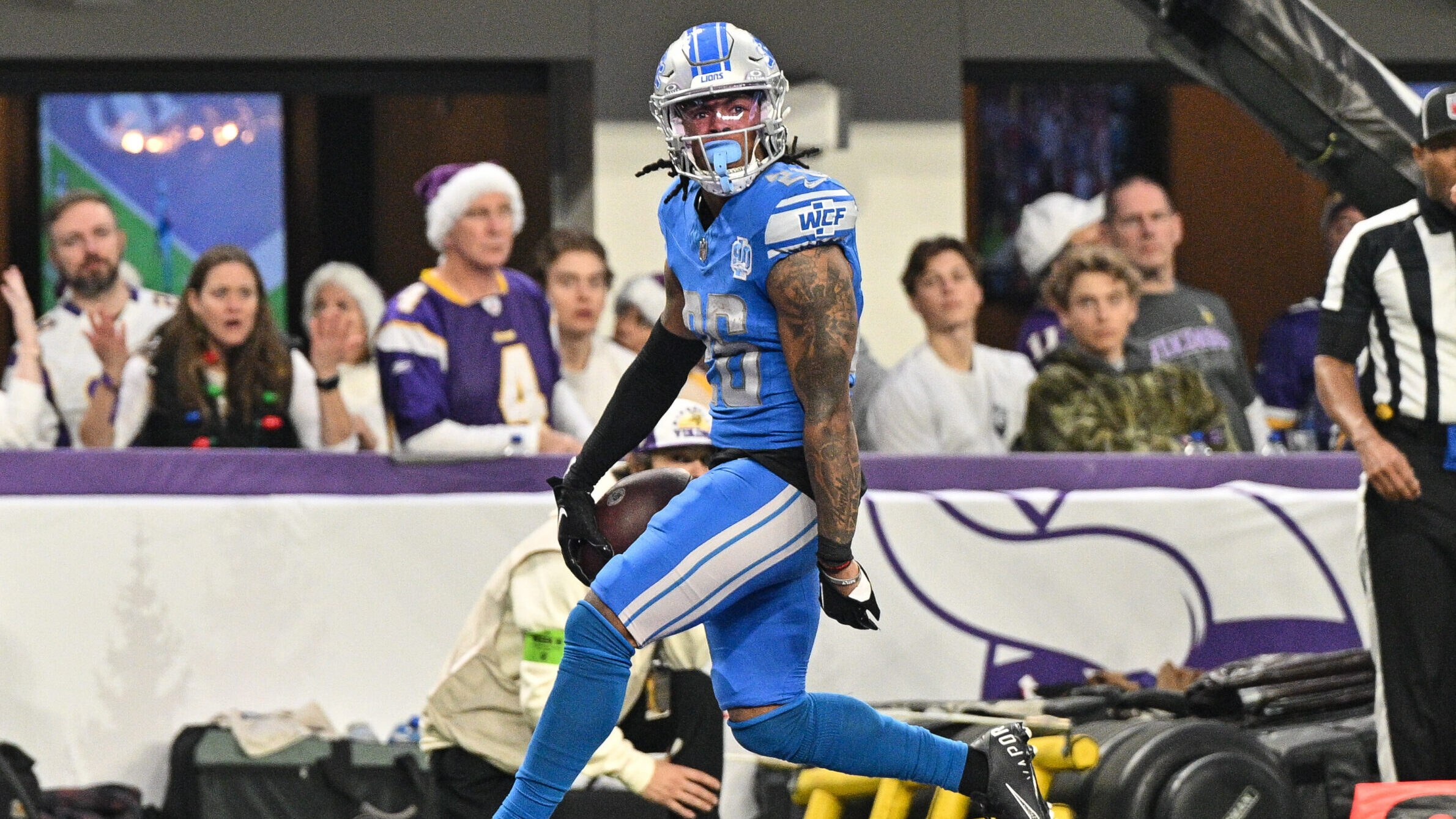Analysis
5/12/22
5 min read
Was Adam Gase’s Rookie Minicamp Strategy Ahead of Its Time?
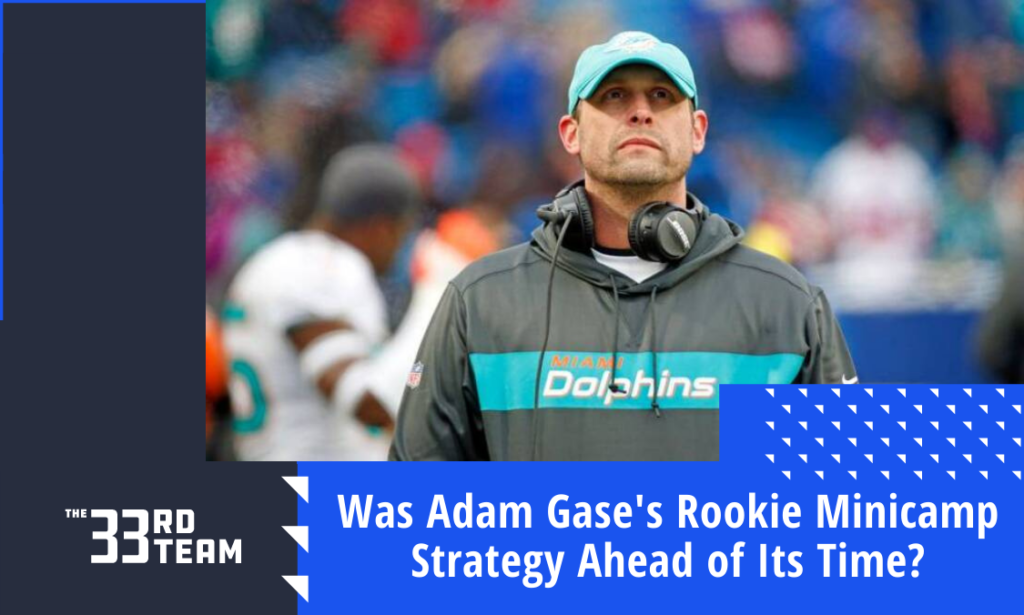
When Adam Gase was working as the Detroit Lions quarterbacks coach in 2007, he noticed that second overall pick Calvin Johnson was not getting practice reps early in training camp.
Johnson had not fully absorbed the playbook yet, and coaches did not feel comfortable giving the rookie sufficient practice reps as a result. So, when Gase had his chance to call the shots as a rookie head coach with the Miami Dolphins in 2016, he changed what rookie minicamp traditionally looked like.
After consulting with former long-time NFL head coach Jeff Fisher, Gase eliminated practices at rookie minicamp and had the Dolphins incoming rookies focus exclusively on mental reps. Players were schooled on the playbook by coaches, taught how to handle their health regimen and deal with the media, and tutored on how to be a professional off the field by former players such as Zachary Thomas.
“We used the time to teach them things about recovery, weight training techniques as well as do baseline assessments,” said former Dolphins’ Sports Performance Director Wayne Diesel. “I believe this was a fantastic way to bring the rookies up to speed, identify those that need specific areas worked on such as flexibility or strength in a specific area. Teaching them about how we monitored performance and things like sleep were added bonuses.”
“Adam came in with a very clear idea of what he wanted to do at that first rookie minicamp, which was to teach and install with the players and give them the best chance to be successful come training camp,” said former Dolphins Executive Vice President of Football Operations, Mike Tannenbaum.
“And to his credit, at the time nobody else was doing it. But when you take a half step back, it makes a ton of sense, especially considering that players throughout the pre-draft process are going to come in with disparate levels of conditioning,” Tannenbaum added.
One of the hopes of changing their rookie minicamp to this format was that it would allow rookie first round pick Laremy Tunsil to assimilate into the offense more quickly, which ultimately worked as he began his career as a starter at left guard before transitioning to left tackle.
"It's just no different to me than anybody starting a brand new job," assistant head coach and special teams coordinator Darren Rizzi told NFL.com columnist Judy Battista. "You start a new job with Apple, what do they do? They send you for a two-week orientation. You start a new job with Google, they put you in an orientation program. They're not going to just throw you out into the field."
Many teams use their rookie minicamps to host tryouts and parse through prospects that are on the edge of the 90-man roster. Just last week, the New York Jets had 54 unsigned players try out and signed two of them to their roster.
While one may not expect the one or two workout players signed out of minicamp to make a difference, teams can recall the story of Benson Mayowa. The undersized rookie defensive end out of University of Idaho went from rookie minicamp tryout for the Seattle Seahawks to a spot on the 90-man training camp roster before ultimately fighting his way onto the 53-man roster on cutdown day. Mayowa stuck around on a Super Bowl-winning squad and is still in the league nine years later.
Gase eschewed that type of back-end roster churning in order to bring his rookie draft picks, who he already knew would be making the final roster, up to speed.
As Diesel tells, the decision to turn the traditional minicamp into an orientation-style process was beneficial to both the rookies mental and physical ability to perform.
“That week was invaluable for the performance staff because we were afforded quality time with the rookies. This meant less need to explain or demonstrate individually during OTAs,” Diesel explained.
“From a health and performance perspective we believe we helped mitigate the traditional 'Rookie Wall syndrome' later in the season.
“Honestly, I don’t believe there were any disadvantages.”
The Dolphins took the field at the very end of rookie minicamp for only 30 minutes of stretching and brief work with their position coaches, only to find that the lack of activity had players itching to show what they could do on the field.
"Once you get on the field, the energy level goes up,” Coach Gase told Battista. “Our guys are dying to get on the field, even just to stretch.”
In 2022, the method of using rookie minicamp as an orientation of sorts has spread throughout different teams. While there is still a question as to which rookie minicamp process is more beneficial for a team, it is hard to argue with the results that Miami got out of their 2016 class.
“When you think about the players drafted out of that class such as Xavien Howard and Laremy Tunsil, the fact that there was such emphasis on teaching from the moment they got there gave them the best chance to be successful,” said Tannenbaum. “There was still plenty of time to do the evaluation.”

